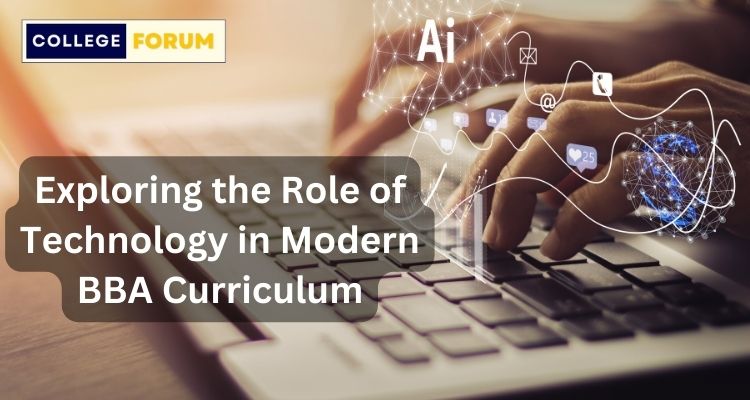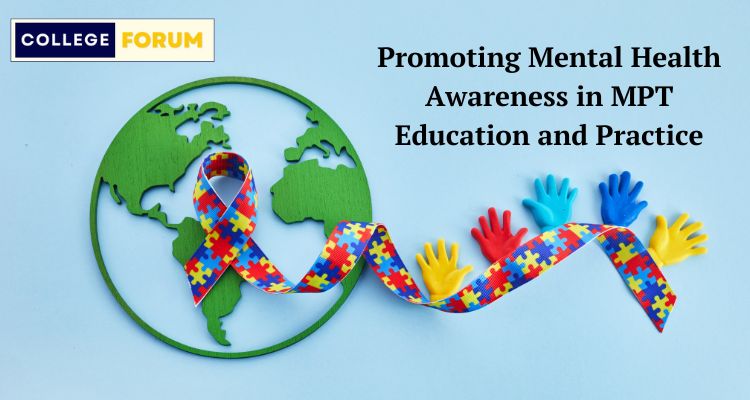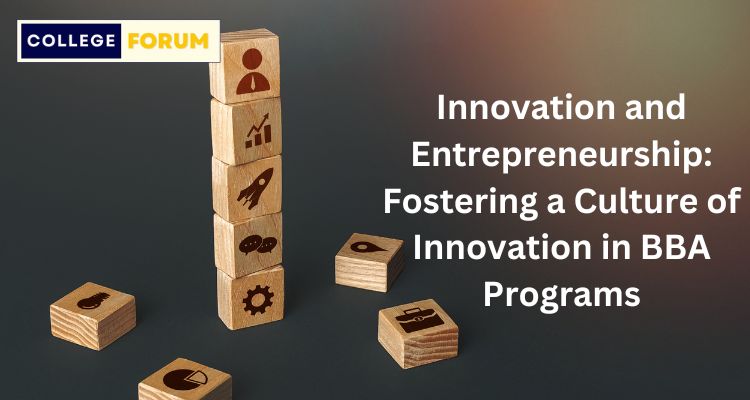Content Marketing and Storytelling in mass communication
Content marketing and storytelling play pivotal roles in mass communication, serving as powerful tools to engage audiences, convey messages, and build brand awareness. When applied effectively, these techniques can create a lasting impact on target audiences and foster a strong connection between a brand and its consumers. Let’s explore how content marketing and storytelling intersect in the realm of mass communication. 1. Understanding Content Marketing: Content marketing involves creating and distributing valuable, relevant, and consistent content to attract and retain a target audience. It is not focused on direct sales pitches but rather on building trust and providing information that meets the audience’s needs. In the context of mass communication, content marketing can take various forms, including articles, videos, social media posts, infographics, and more. 2. The Role of Storytelling: Storytelling is an integral aspect of content marketing. It goes beyond presenting facts and statistics, allowing brands to connect with their audience on a more emotional level. Stories have the power to evoke empathy, create a sense of belonging, and make information memorable. Through storytelling, mass communication efforts can captivate attention, convey complex messages, and influence perceptions. 3. Crafting Compelling Narratives: Successful content marketing in mass communication often involves crafting compelling narratives. This could include telling the story of a brand’s origin, sharing customer success stories, or presenting case studies. Narratives help humanize the brand and make it relatable to the audience, fostering a deeper connection. 4. Tailoring Content to the Audience: Understanding the target audience is crucial in content marketing. Mass communication efforts should be tailored to the preferences, interests, and demographics of the audience. This customization ensures that the content resonates with the intended recipients, increasing the likelihood of engagement and positive reception. 5. Leveraging Multichannel Platforms: Mass communication strategies benefit from utilizing various channels to disseminate content. This includes social media, websites, email marketing, podcasts, and more. By diversifying the platforms used, brands can reach a wider audience and adapt their content to suit the unique characteristics of each channel. 6. Building Trust and Credibility: Consistency and transparency are key elements in content marketing. By consistently delivering valuable content and being transparent about intentions and values, brands can build trust and credibility with their audience. This trust forms the foundation of a strong and lasting relationship. 7. Measuring and Adapting: Analytics play a crucial role in content marketing. By monitoring key performance indicators (KPIs) such as engagement, click-through rates, and conversions, brands can assess the effectiveness of their mass communication efforts. Analyzing data enables continuous improvement and adaptation to changing audience preferences.
Content Marketing and Storytelling in mass communication Read More »









